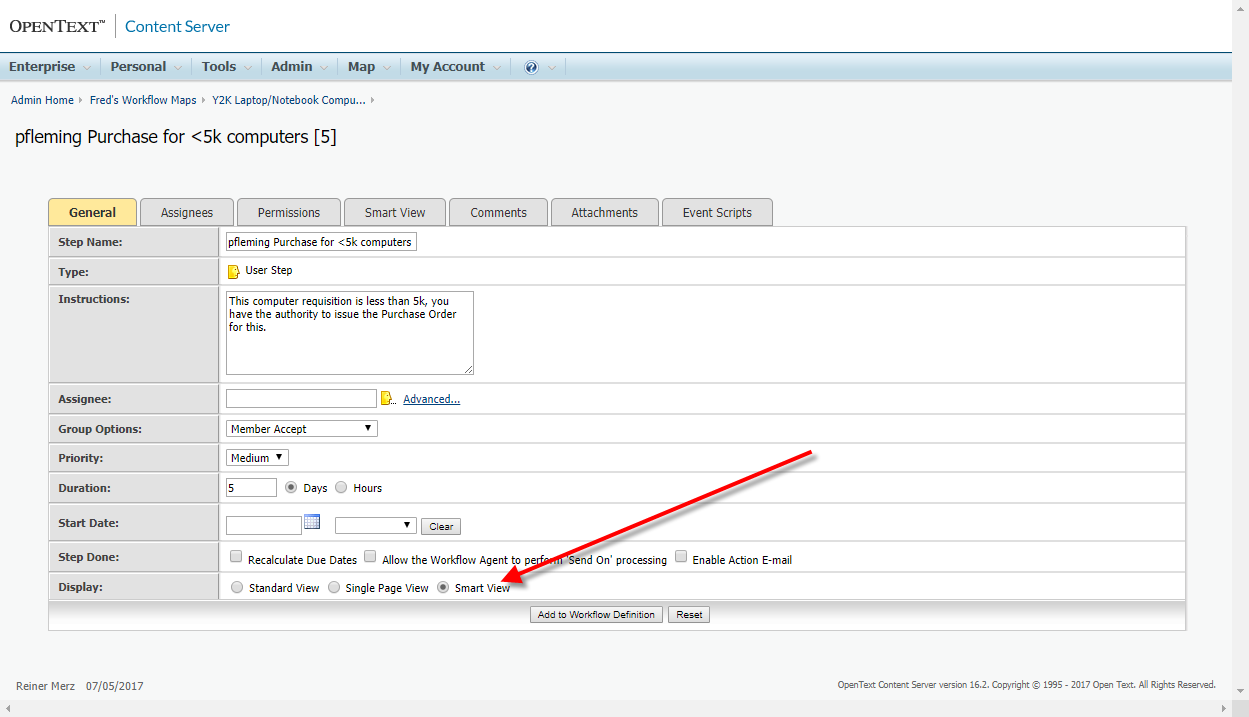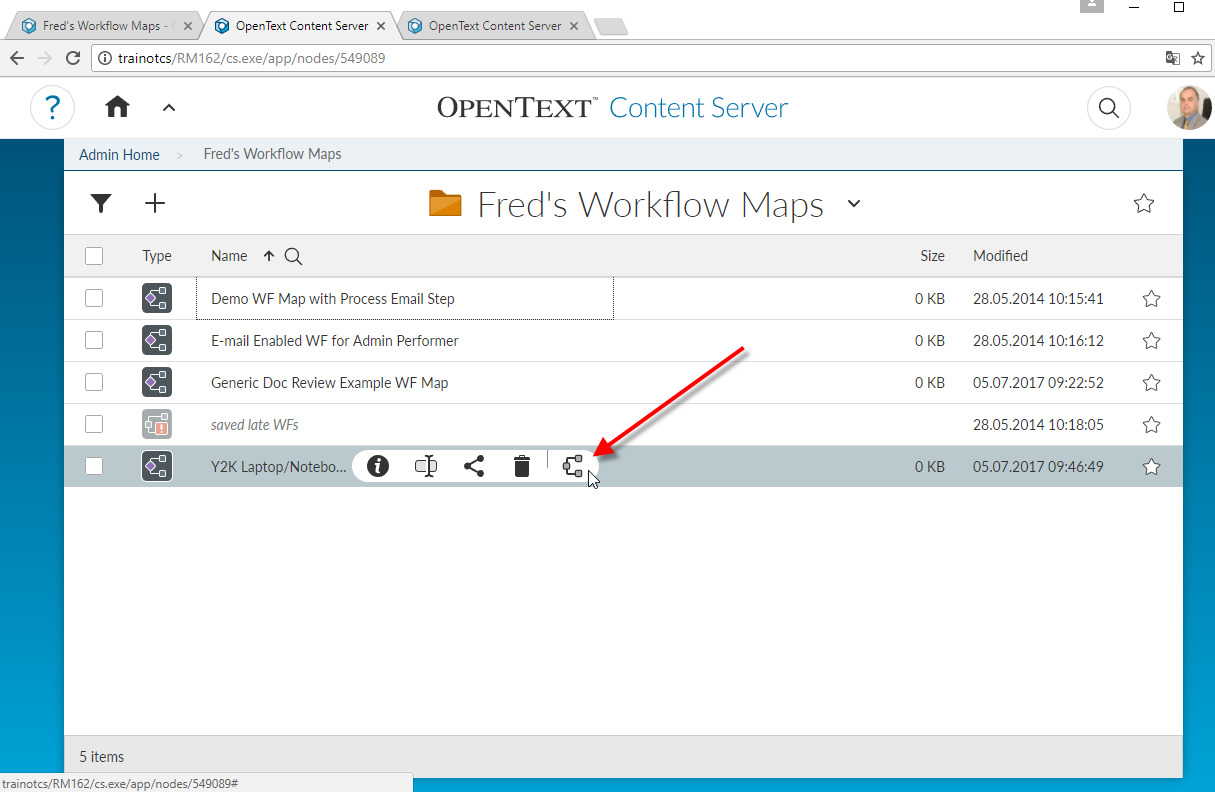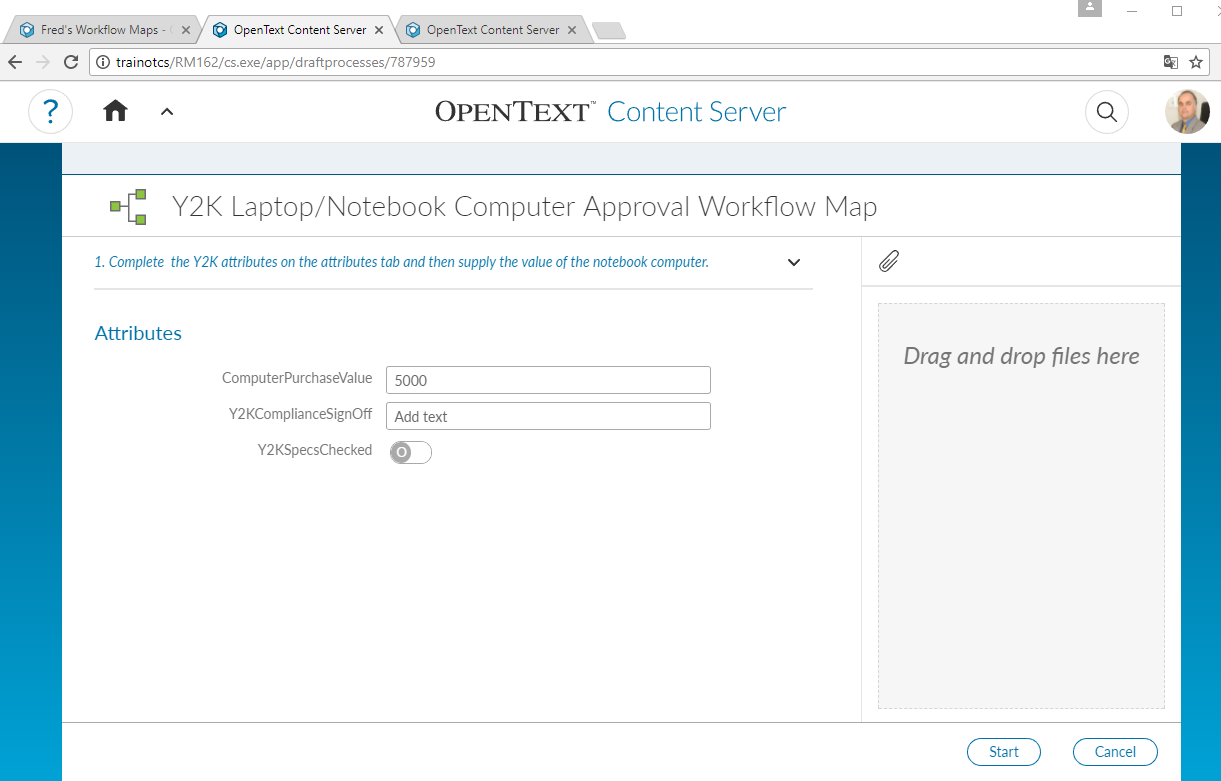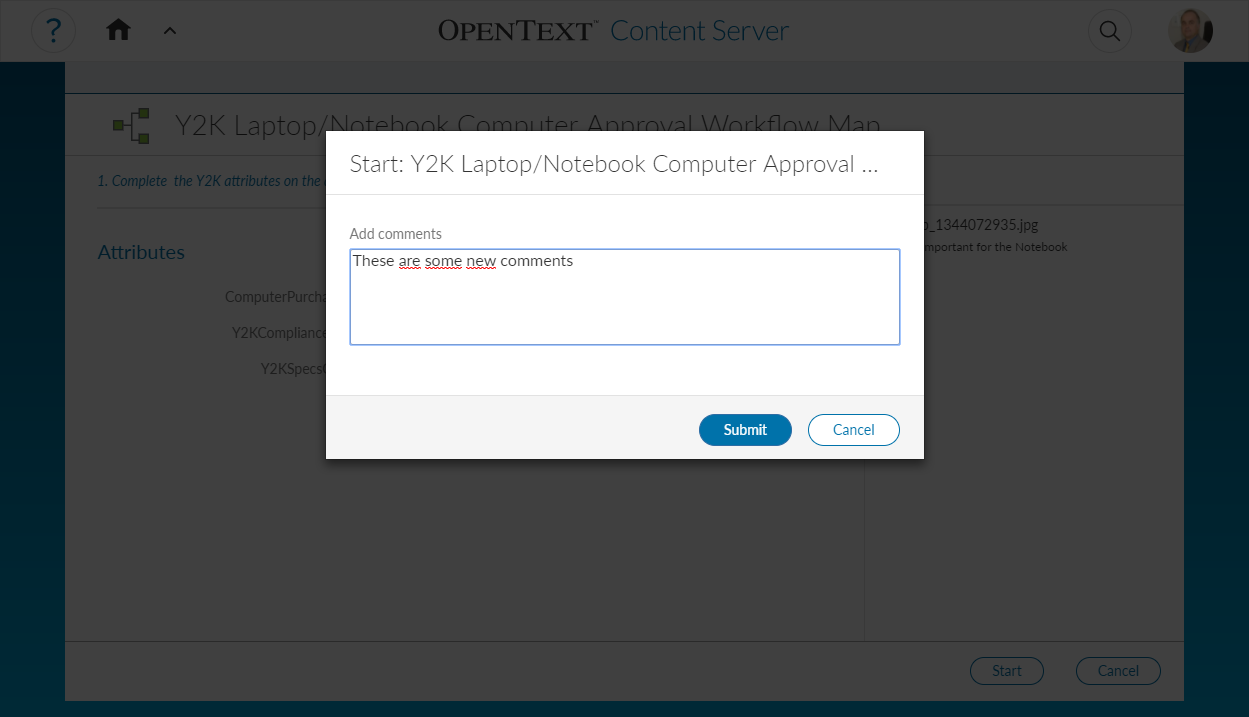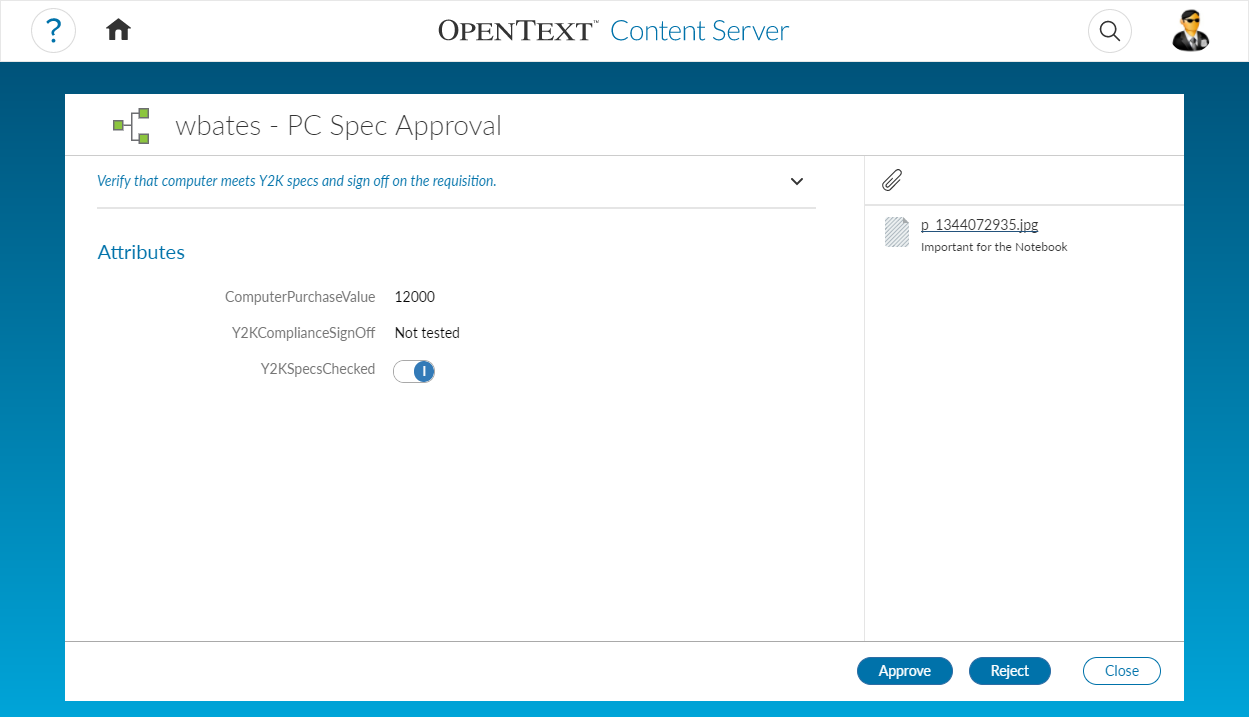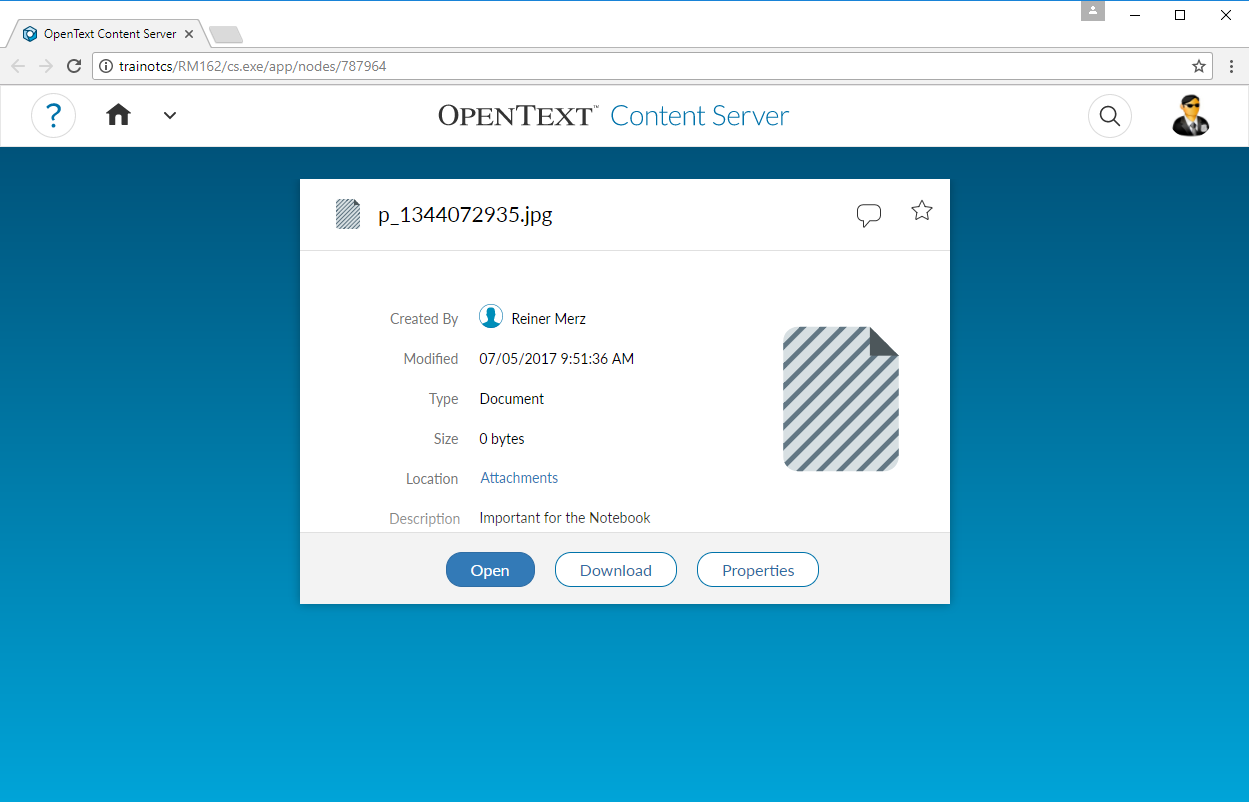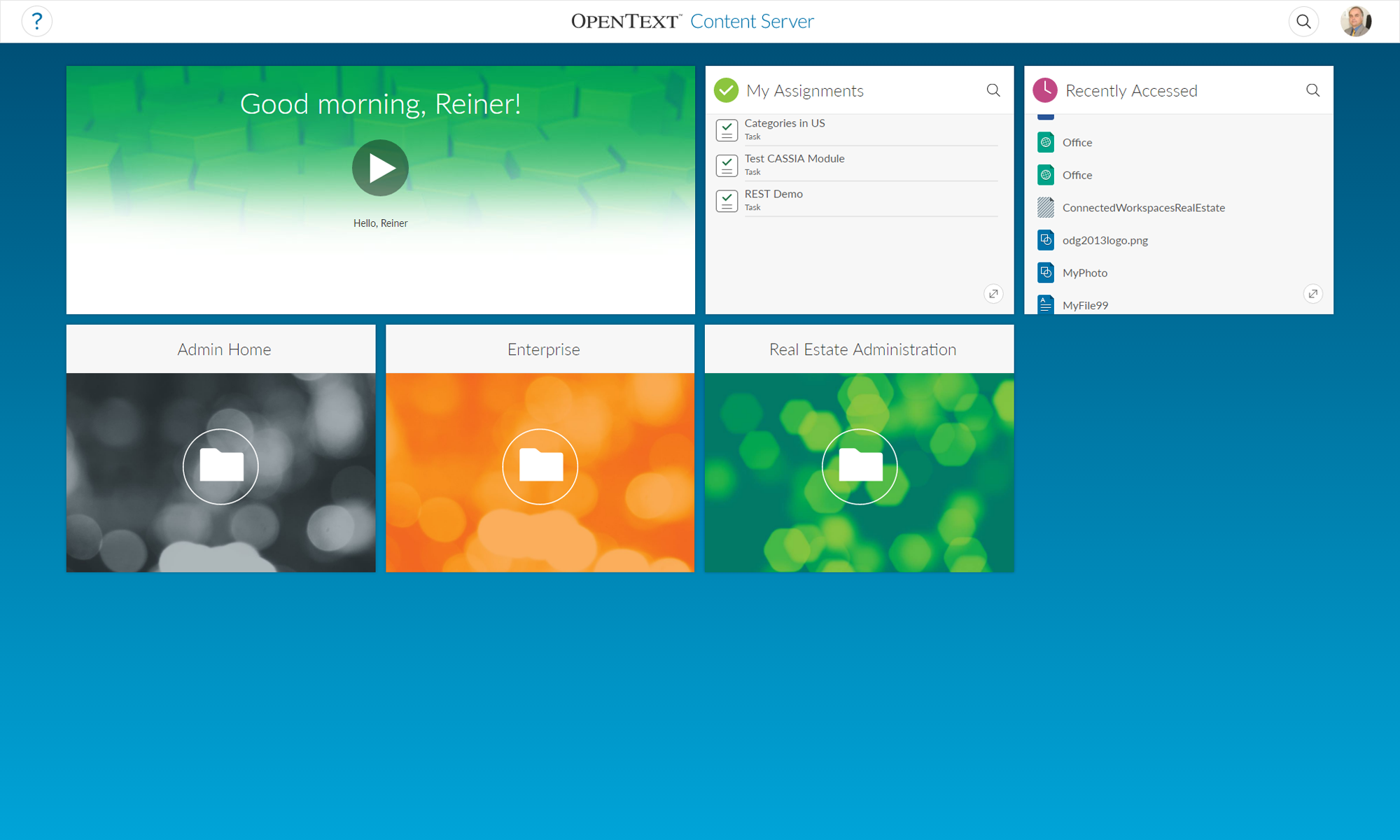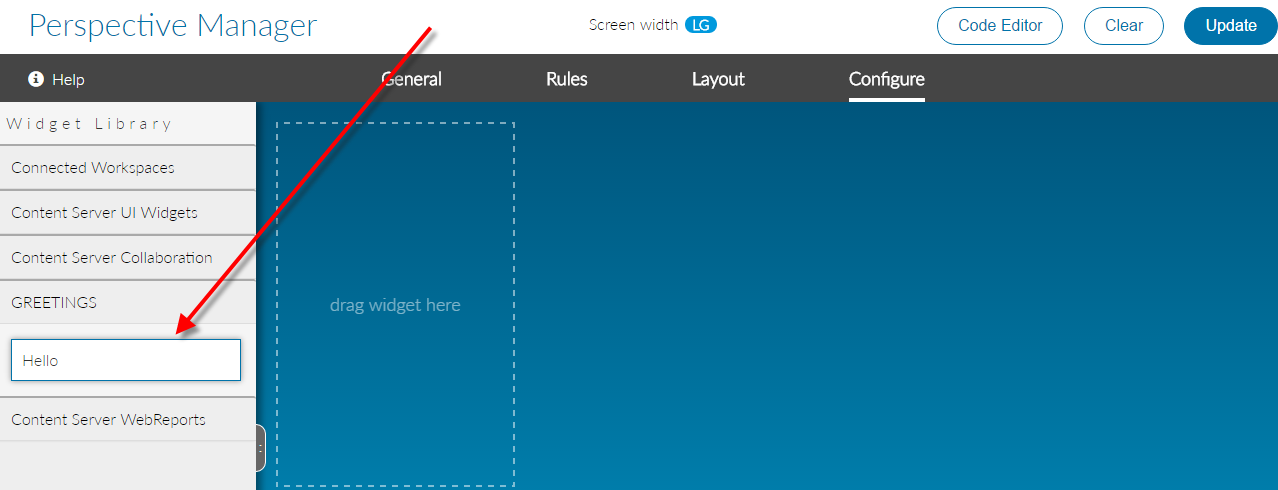Have you seen the new Rules matching Mixin in the smartUI? Its a great mixin, allowing you to implement a colloection of rule models which are supposed one model, which rules match the input object. This is a quite powerful functionality
The following example implements the selection collection
- Container = true
- Subtype = 144, 749
- and is type = 144 is one of the mimetypes listed
- and is type = 144 or mimetype startswith “image/” of equals “pdf/x-pdf”
- and is type = 144 and mimetype = “text/plain”
If run, then the action of the appripriate node is returned. Only on the base of a rules Model!!
Can be implemented like this
var NodeActionSelectingModel = Backbone.Model.extend({
idAttribute: 'signature',
defaults: {
sequence: 100,
signature: null
},
constructor: function NodeActionSelectingModel(attributes, options) {
Backbone.Model.prototype.constructor.apply(this, arguments);
this.makeRulesMatching(options);
},
enabled: function (node) {
return this.matchRules(node, this.attributes);
}
});
RulesMatchingMixin.mixin(NodeActionSelectingModel.prototype);
var NodeActionSelectingCollection = Backbone.Collection.extend({
model: NodeActionSelectingModel,
comparator: 'sequence',
constructor: function NodeActionSelectingCollection(models, options) {
Backbone.Collection.prototype.constructor.apply(this, arguments);
},
findByNode: function (node) {
return this.find(function (model) {
return model.enabled(node);
});
}
});
var nodeActions = new NodeActionSelectingCollection([
{
equals: {
container: true
},
signature: 'Browse'
},
{
equals: {
type: [144, 749]
},
signature: 'Open'
},
{
and: [
equals: {
type: 144
},
containsNoCase: {
mime_type: [
"application/msword",
"application/vnd.ms-word",
"application/vnd.msword",
"application/vnd.openxmlformats-officedocument.wordprocessingml.document",
"application/vnd.wordprocessing-openxml",
"application/vnd.ces-quickword",
"application/vnd.ms-word.document.macroEnabled.12",
"application/vnd.ms-word.document.12",
"application/mspowerpoint",
"application/vnd.ms-powerpoint",
"application/vnd.openxmlformats-officedocument.presentationml.presentation",
"application/vnd.ces-quickpoint",
"application/vnd.presentation-openxml",
"application/vnd.presentation-openxmlm",
"application/vnd.ms-powerpoint.presentation.macroEnabled.12",
"application/msexcel",
"application/vnd.ms-excel",
"application/vnd.openxmlformats-officedocument.spreadsheetml.sheet",
"application/vnd.ces-quicksheet",
"application/vnd.spreadsheet-openxml",
"application/vnd.ms-excel.sheet.macroEnabled.12",
]
}
},
signature: 'Edit',
sequence: 50
},
{
and: {
equals: {
type: 144
},
or: {
startsWithNoCase: {
mime_type: 'image/'
},
equalsNoCase: {
mime_type: ['application/pdf', 'application/x-pdf']
} } },
signature: 'Convert',
sequence: 50
},
{
and: [
{
equals: {
type: 144
}
},
{
equalsNoCase: {
mime_type: 'text/plain'
} } ],
signature: 'Read',
sequence: 50
},
{
signature: 'Properties',
sequence: 200
}
]);
var node = new NodeModel(...),
action = nodeActions.findByNode(node);





